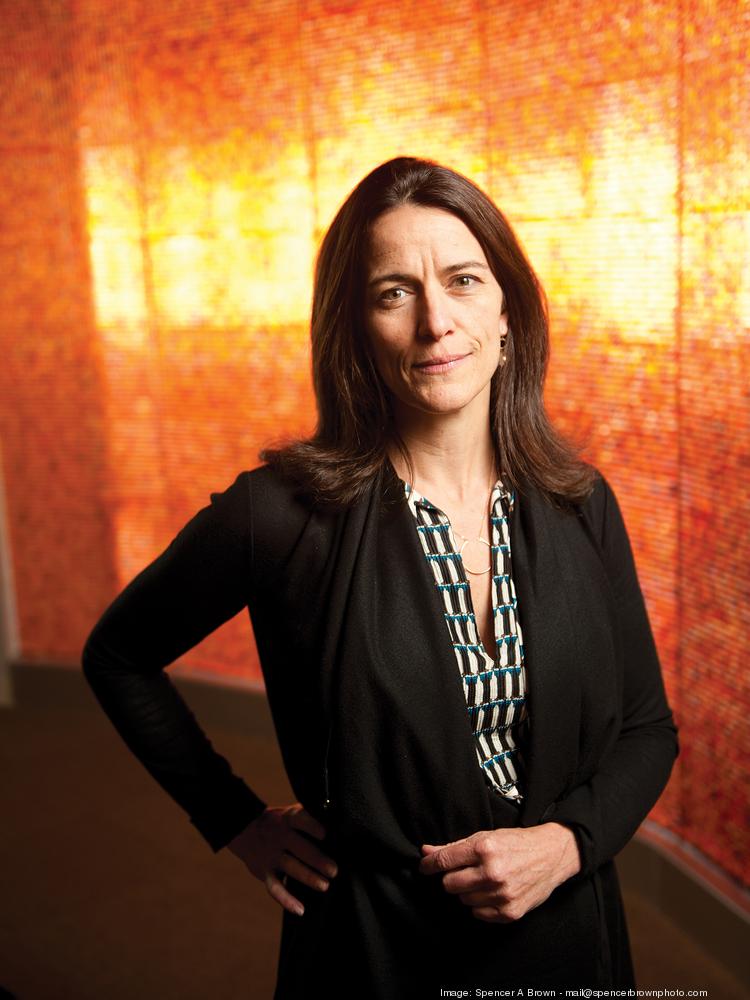Innovations abound within the pharmaceutical digital marketing space. As a whole, the industry has worked to increase the availability of healthcare information and better address the needs of healthcare consumers. In its recent “Top 40 Healthcare Transformers” article, Medical Marketing and Media provides a snapshot of some of the leading industry innovators. Many executives have leveraged online platforms to connect with unique industry stakeholders. Others have modified the way patients receive healthcare by creating new—or rethinking existing— telemedicine platforms. In some cases, companies have even begun connecting patients with doctors who are prepared to make house calls.
For WEGO Health, patient centricity starts with connecting influential leaders in the digital space, from bloggers to tweeters, with industry decision makers, including regulatory agencies and pharmaceutical companies. By doing so, Jack Barrette—the company’s CEO and founder—hopes to give these patient advocates a greater stake in the direction of healthcare. So far, his company has successfully connected upwards of 100,000 individuals.
Still other executives have worked to broaden their audiences and appeal to new generations. For example, Derek Flanzraich founded the website Greatist. This online resource, which targets 18-35 year olds, provides wellness tips and workout suggestions—all with the general understanding that, “being healthy doesn’t have to suck.” The forum also includes plenty of interesting articles, including the benefits of running, relative to walking.
Other innovators featured in Medical Marketing and Media’s Top 40 list includes those rethinking the way healthcare visits take shape. Certainly, telehealth isn’t new. However, some of the ways this concept is being applied are. David Wong, Co-founder and CEO of Direct Dermatology provides dermatology patients with the option to connect remotely with experienced dermatologists. Using smartphones, patients are able to take pictures of their moles and—based on the picture—dermatologists are able to diagnose whether or not melanoma is present. So far, Direct Dermatology is able to manage over 92% of its cases completely online.
On the opposite end of the spectrum, other executives, like Sam Zebarjadi, Co-founder and CEO of Medicast favor a more convenient—but still in-person—doctor-patient interaction model. Medicast operates in California and Florida and champions the concept of doctors making house calls, at a price between $149 and $249, per doctor visit. The process is straightforward. Patients have the option of accessing the program via a mobile app, submitting a request form online or calling a number provided on the company’s website. Then, within 30 minutes of their request, patients can expect to see a qualified physician, in the comfort of their own home.




 Margaret Laws is looking for entrepreneurs who serve underserved people for California…
Margaret Laws is looking for entrepreneurs who serve underserved people for California…